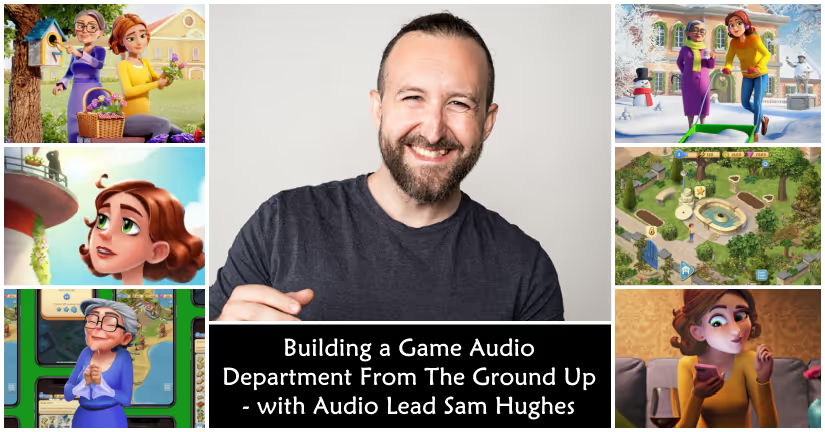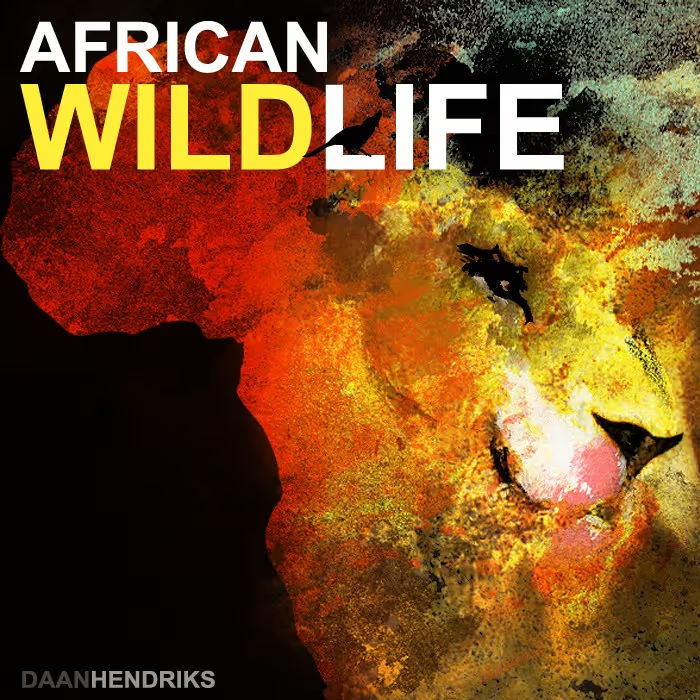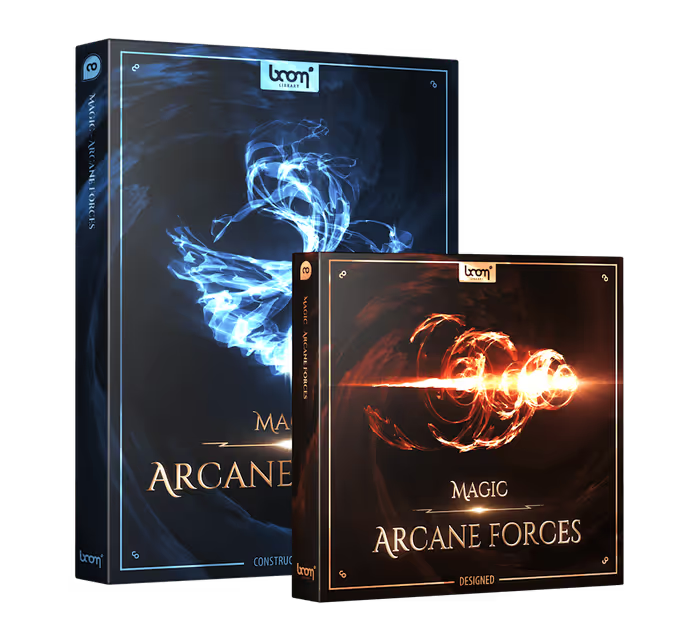Starting a new job is part excitement and part trepidation. Will you fit in at the company? Will you be able to handle the workload? Are you going to live up to expectations?
Walking onto a project that has an established fan base who expect a certain aesthetic and are comfortable with the existing recurring sounds, working out a facility’s workflow and trying to integrate a new department into that pipeline, establishing this new department’s protocols and procedures, building a sound studio from the ground up, contributing creative sound-related ideas for new IPs, designing and mixing marketing campaigns, and shifting gears from a timeline-based console game schedule to the revolving creative schedule of mobile games (with its instant access to player feedback!) is a lot to handle all at once. But that’s exactly what sound designer Sam Hughes signed up for when he joined the Metacore team as its Audio Lead.
They were looking for an all-in-one audio department and Hughes delivered. Or, rather, he’s currently delivering on that. Just ten months into his employment, he’s made great strides into defining how the audio department operates (from setting up Reaper session templates to choosing how the game audio is integrated), has offered up ideas for improving the audio experience on Metacore’s Merge Mansion mobile game, is helping to build a brand new sound studio at Metacore’s facility, and the other responsibilities that came with his new title.
Here, Hughes talks about how he’s tackling it all, what it’s like to go from working on console games to mobile games, what he hopes to see for the future of the audio department, and so much more!

You recently became the Audio Lead for the mobile game studio Metacore. What are your responsibilities with the company?
Sam Hughes (SH): Yes, this was such a great opportunity to jump into! Metacore had no audio person previously, so it was a brand-new role. It was super exciting, as I was able to start with a blank canvas and build something from scratch.

In terms of responsibilities, it was everything related to audio from the get-go, which was great but also a big challenge to tackle. It has been really rewarding and such a unique position. Most of the time, there’s some kind of audio legacy that you join so it’s been very cool to be here at the beginning.
Responsibilities include the audio direction, design, and implementation of audio for our projects, as well as the creation and definition of our workflows, pipelines, and general practices, both internally and externally (with outsourcers).
My other responsibilities include collaborating with the marketing and branding departments. I get to work on sound design for the ads when I have the bandwidth, which is awesome. That’s super fun, and I get to source music for trailers.
In addition, we’re currently building a recording studio and collaborating with specialists to design and construct that.
On a more philosophical level, my main responsibility is to deliver the best audio experience for our players, and define what our audio signature is here at Metacore. It’s a great feeling; we’re all very passionate about what we do and where we can take our work, so it’s an exciting journey to be a part of!
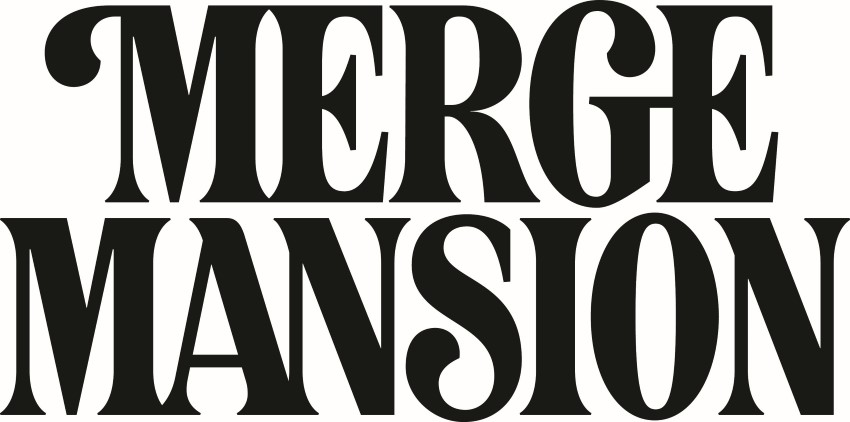
That’s a lot to walk into! It’s a blank slate. What’s been the most overwhelming aspect of it for you so far?
SH: I guess it was the first moment I sat down to work at my desk. Metacore is great with trust and autonomy, so they trusted in my abilities to know what to do. I’ve been able to just focus on the craft and use my intuition from the beginning.
It was the first time I had started a role without any legacy documentation or processes. These were things I would have to implement over time as well. So, there was a lot on my plate to start with.
I believe strongly in having at least some understanding of different departments, as it empowers you to deliver the best in your field.
With all big endeavors, I believe it’s good to break it down into smaller chunks. I started by making a priority list of tasks. I did my research on the current state of play and basically began with recon. I spoke to everyone in the company – every department such as narrative, design, QA, programming, tech, HR… everyone! – to get a lay of the land of what they do, and how things work. I believe strongly in having at least some understanding of different departments, as it empowers you to deliver the best in your field.
Since I am the first sound person employed at Metacore, there was no real voice for audio within the company before. It’s been really fun to not only work with the audio but to chat with colleagues who may not have thought about audio as much before. It’s quite rare to be a part of something like this and there will still be more challenges for sure!

Did you create a separate list for each aspect of your responsibilities, like a list of the games and what they need, a list for the studio build-out, a list for the advertising projects, and so on? Or, how did you climb this mountain? How did you find your way to the top of everything?
SH: Baby steps! That’s always the winner, I find. Take one thing at a time and start ticking things off otherwise you might freeze in the headlights of all the tasks.
I listed the main things, rather than having an overwhelming list of every little detail. I listed the main “quests” if you will, then I divided those main tasks into smaller lists.
I listed the main “quests” if you will, then I divided those main tasks into smaller lists.
For example, one priority was to look at each project and see the state the audio was in. I looked at Merge Mansion, the current live game that had been out for a while, and made that priority number one – anything that would improve that and get that in a good spot for future updates. After assessing that and other projects, it was all about prioritization.
Then there were other tasks that had to be accounted for. For instance, I needed professionals to assist with the build of the recording studio. This meant researching acoustic consultants, which led to working with Akukon, who have worked with many different game companies to design and advise on studio construction.
I needed professionals to assist with the build of the recording studio. This meant researching acoustic consultants…
To track the long-term goals, I organized the tasks into roadmaps. So I had each project roadmap, then an audio department roadmap.
Even though the audio department is just me, I find it useful to think of it objectively; I want to ensure that it’s easy for other people to understand, and to decide on how it would look for a new joiner, for example. I knew documentation was an important part of that, so I kept a track record of what I was doing in terms of the current workflow, process, and the tools I’m using. I even did a breakdown on Reaper and how I use it and how I’m using it with the games. Even if you’re the only one using these tools, it’s useful to have these documents to reference, and you sometimes see ways to improve your own workflow when it’s all laid out in front of you..
…I kept a track record of what I was doing in terms of the current workflow, process, and tools I’m using.
It really helped to have that perspective and to not overly worry about what was missing but to instead look at it from a practical, logical perspective. I’ve been keeping notes the whole time because I knew this process was going to be a whirlwind for me. If I didn’t keep track, it would be easy to forget. Things just happen so fast, especially in the mobile games industry. I’ve been trying to avoid the usual pitfall of documentation where it gets created, but then very quickly is out of date or then not maintained. Then it creates more questions than answers usually!

Since there was no audio studio to walk into (nothing set up for audio), what went into your initial setup, so you could get to work on the games?
SH: So with Metacore, I requested what I would need at first. I figured I’d start with the basics and then once I understood a bit more, I could start purchasing more equipment.
I knew I’d need a treated studio space moving forward but I’ve been using a meeting room as a temporary studio.
I started off with a desktop PC, two screens, some Beyerdynamic DT 770 headphones, and a Universal Audio Volt 176 interface. That was all I needed when I first got into the building.
I knew I’d need a treated studio space moving forward but I’ve been using a meeting room as a temporary studio. It has two loudspeakers, a widescreen video monitor, a UA Volt 276 interface, an AKAI MPK Mini keyboard and a Behringer X-TOUCH COMPACT USB/ MIDI Controller. Again, quite minimal at the moment until we construct the full studio.
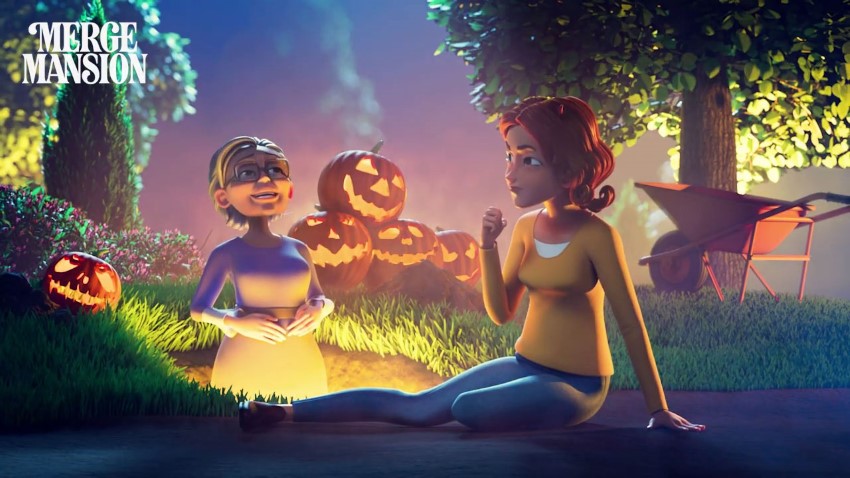
Regarding the studio you’re building, are you thinking of a pretty large vocal booth to handle loop group recordings and maybe a bit of foley? Or, how extensive will your studio be?
SH: I try not to go overkill, which can be tempting. So I have aimed to have a reasonable space, nothing too big, that I’ll future-proof for our needs. There will be a control room and a nice recording space that has room to house a foley pit.
I aim to record as many sound effects in-house, as that’s where I thrive…
I aim to record as many sound effects in-house, as that’s where I thrive and I believe you can get really creative with your work. It also means you get what you need at the source, rather than manipulating existing content to fit.
I still love sound libraries, as they have so much useful content that you can’t record even with a studio, but it’s usually much more rewarding to create your own. Plus, you get to experiment!
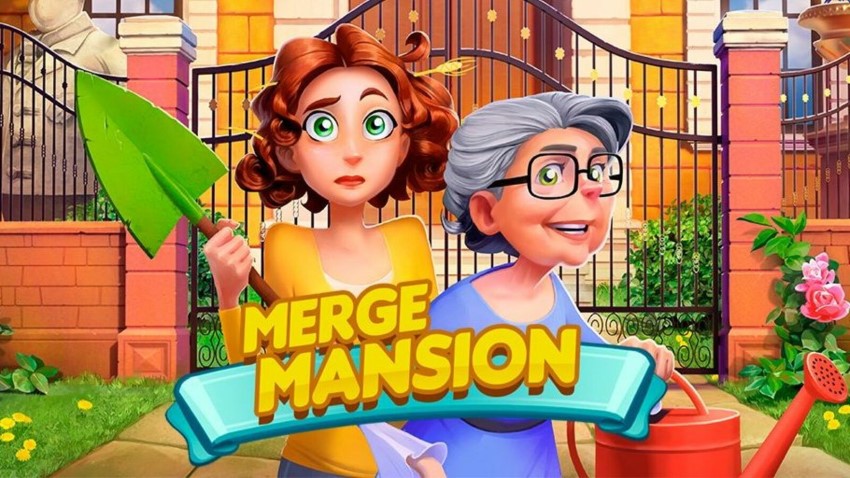
Can you talk about the construction and equipment you plan for the studio, and its integration with the other departments at Metacore? What were some ‘must-haves’ for the new audio department? What are you still looking to do for future expansion/upgrading?
SH: So in terms of the studio, I have a wishlist of gear but I’ll assess again close to when it’s finished before we pull the trigger.
In terms of must-haves, I’m a Reaper fan, and have been since about 10 years ago. Before that, I used Nuendo/Cubase and Avid Pro Tools, but I’ve found Reaper to be so intuitive and so useful, especially with all the actions that you can create and all of the customization available. You create all these custom shortcuts and customize things, and then you save them! Remember to save them! I could not use it out of the box anymore.
…I’ve found Reaper to be so intuitive and so useful, especially with all the actions that you can create and all of the customization available.
So Reaper was the first must-have. Like many, I’ve used the Beyerdynamic DT 770 headphones for years as well, so they made the list. The Universal Audio interfaces were new for me but I’ve had my eye on them for a while. Wanting to try them out, I ordered the 176 first and since it did not disappoint, I also invested in the 276 when I needed another interface.
In terms of plugins, I went straight for the MeldaProduction plugins. Over the last couple of years, I found that they have really done me well and it’s hard to argue with what you get in the subscription. They’ve pretty much covered all the bases for me and they’re just so smooth and responsive. Then, of course, iZotope RX, it’s just too useful for cleanup and beyond.
My initial instinct was to go with Wwise, because that’s what I’ve used before but…I’ve landed on a Unity plugin called Master Audio.
In terms of middleware for mobile games, I’m trying something new as well. As I said, I’m not trying to go overkill on things and I believe in taking time to find what actually suits your needs when you have the luxury of time to do so.
My initial instinct was to go with Wwise, because that’s what I’ve used before but I also investigated other options that would fit our needs. For now, I’ve landed on a Unity plugin called Master Audio. It’s lightweight, really easy to use and to integrate into Unity, and it delivers what we need for the moment. It’s very painless to get into the projects quickly and get working, which is a key factor when you’re one person. I’m still exploring other middleware solutions as our needs change, so this may change in the future.
I’ve had great assistance from a gameplay programmer colleague of mine, Tommi Virolainen, as well. He backed me up with the code side of the audio implementation.
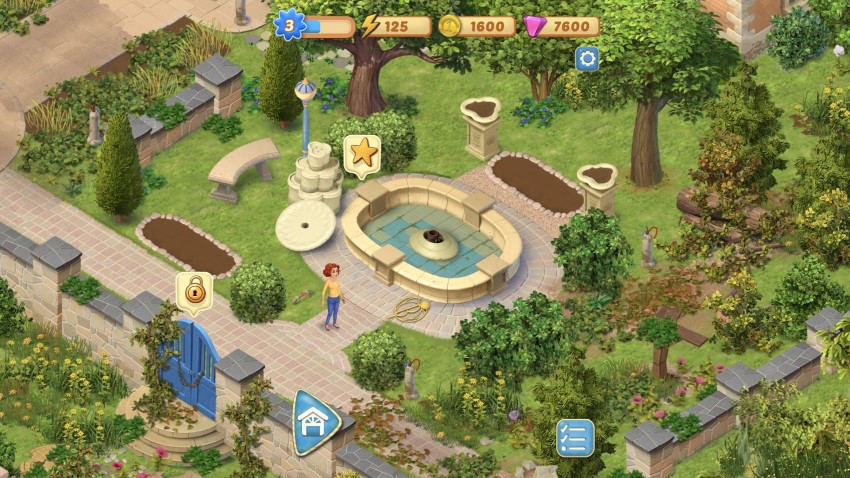
Any big ideas for a future expansion of the studio? So, if you had a blank check, is there something you’d love to have in the studio in the future?
SH: Oooh, that’s a dangerous question. There are so many options if I was given free rein, but most likely I would get carried away buying weird and wonderful things to record. I won’t be getting much more in the near future.
I’m hyped about the studio. That’ll be something that I really can’t wait to see in real life.
In terms of the studio gear itself, I have some things in mind but I’ll keep my eyes open as the market changes relatively quickly. So let’s see when we get there!
I’m hyped about the studio. That’ll be something that I really can’t wait to see in real life. It’s not often you get to be a part of designing and building your studio like this! Even so, I try to stick with the philosophy of simple but effective and only get what I need. Though I love anything that improves efficiency and speeds up workflows, so there will be many quality-of-life updates to it I’m sure.
 Tesla Model X 2015 electric full size crossover SUV sport utility vehicleKrampfstadt Studio65,00 $0,00 $100% OFF
Tesla Model X 2015 electric full size crossover SUV sport utility vehicleKrampfstadt Studio65,00 $0,00 $100% OFF

So you’re handling the sound for Merge Mansion, and you mentioned that you had to retroactively define the audio vision for the project and think long-term for a game that could continue indefinitely. What were some challenges you had in handling this title?
SH: Yeah, this was an interesting one, as the game already had audio and was with players for nearly two years. It was a swift success as well, so it reached a lot of players in that time who still play regularly.
Even more interesting is that I was a player first myself. I had already played Merge Mansion before I joined the company and it’s actually how I found Metacore to begin with. This meant when I started on the project, I was familiar with the game from both perspectives – as a developer and as a player. This gave me a lot of ammunition to work with because I was already thinking about how the audio could be improved, what I would do, and so on.
That was surreal, going from thinking about how I would approach the sound for the game, and now I’m here going, all right, well I better do those things then!
One of my favorite things so far with a live game is that you can hear from the players.
One of my favorite things so far with a live game is that you can hear from the players. You can actually see online a big community sharing how they’re feeling and what they’re thinking about the game.
Plus, you can ask them! This meant that one of the coolest things that I was able to do straight away was to conduct a survey with our players about the sound for Merge Mansion. I’d never before had the ability to engage with players and react to the player base. It’s crazy how many players there are as well.
I’d never before had the ability to engage with players and react to the player base.
I enjoyed hearing the responses, plus it tickled my science brain too as I love running a good study. I was able to look at the data and even determine percentage estimates of how many people play with the sound on, how many people are aware of the sound, and what they like/dislike about the sound. It was very insightful and not only gave me an idea of how players felt about the game audio, but what kind of audience we had and how we could give them the best audio experience moving forwards. I get to have fun with ideas that I feel the players will enjoy and get a kick out of. That is just amazing and a really nice insight to act upon.
As a gamer myself, I love it when gamers and players are passionate about a game and about sound especially. These people cared enough to leave feedback, to respond to the survey, and share their thoughts on what is good and what they wished there was more of.

Because Merge Mansion didn’t have a dedicated audio department handling the sound, what was the audio like for the game? Were the assets well-organized and easy to sift through? Or, what was it like for you coming onto an already established game that had no sound team per se?
SH: To be honest, considering that no dedicated audio people worked on it, it was already in a good, functional state. There was effort made to fill the game with necessary assets, but I wanted to raise the quality bar and also add some quality-of-life updates for players.
I was…impressed by the fact that they had an original score composed for the game, performed by real musicians.
I was pleasantly surprised by the great soundtrack and very impressed by the fact that they had an original score composed for the game, performed by real musicians. Salla Hakkola wrote some incredible music for the game and I think that’s another strong reason why the game resonates so well with players.
For a mobile game, it really stands out. It’s getting increasingly common, but it’s still rare to have a casual mobile game that has a soundtrack that is that level of quality.

What are some things you’re doing to ‘future-proof’ the audio for this game? Are you thinking about spatial audio or Dolby Atmos for this mobile game?
SH: Yes, the capabilities we have now on our phones are getting pretty advanced. For instance, the AirPods or AirPods Max all have spatial tracking now, which is mad to me. When I first discovered the tech I thought, ‘How can we use that in the future?’ It’s still something I keep in the back of my mind, but we don’t utilize it at the moment. I’d love to explore it further though.
The only drawback is compatibility. You need to be able to have it as an extra function and can’t rely on it being available. I haven’t looked into it too deeply yet, but spatial audio in mobile games would be awesome.
I haven’t looked into it too deeply yet, but spatial audio in mobile games would be awesome.
In terms of future-proofing, that goes along with the game’s development and updates for the game such as the events. There’s new content all the time, so that’s where we have the opportunity to keep it fresh sound-wise. I’m also working very closely with narrative, for sound to help deliver on the key story moment and I’m looking forward to the players’ reactions to those. There are some features in the works that I’m going to add in, but I don’t want to give it away too early. There is some cool stuff that I want to do in the garden, so keep an ear out!
As for the soundtrack, I aim to continuously add custom music for key moments. There was the original soundtrack before I came on board and then I collaborated with Salla for custom music for the Halloween event, for the Christmas event, and there will be more! Like I said before, there will also be a couple of quality-of-life updates in the near future, where players will have more control of their audio.
Realistically, you have to realize that the majority of players won’t play mobile games with the sound on.
Realistically, you have to realize that the majority of players won’t play mobile games with the sound on. It’s just the fact of how it is, at least for now. It’s not because the audio is bad, or nobody cares about it, but it’s just the nature of the platform. It’s on a mobile phone, so people are commuting, going to work, they’re at school, listening to podcasts, or they’re listening to music. They may not want the sound on in the game because they’ve got other stuff going on around them. There are a lot more factors than when you’re sitting at home on the computer or the console and focusing on playing.
People are playing mobile games, especially casual mobile games, in situations where they may not have headphones and therefore don’t want to have the sound on.
There’s also the stigma of mobile games sounding bad mostly due to the early years of mobile games. Even now, it’s such a saturated market that the quality bar is low, so you stand out with good quality audio because mobile games can be any range from minimal effort to polished.

You’re also in charge of Metacore’s other titles. What other titles are you working on, and what are some of the creative and technical challenges you’re facing? What are you most excited about sound-wise for these titles?
SH: I can’t talk too much about the other projects as they are still in the works at the moment. I can say that they do provide different challenges than Merge Mansion, and there will be some exciting new opportunities for audio, which I’m very much looking forward to!
Not A Bird – Merge Mansion
You also collaborate with the branding and marketing teams for Metacore. What’s that experience like?
SH: It’s super fun! I really enjoy working on our ads when I have the bandwidth. We have a fantastic marketing team for Merge Mansion, one of the best. So the ads give fun creative challenges for audio.
One moment Grandma’s outside sneaking a sled of tools toward the forest in the snow with Maddie following her. Then in another, Maddie discovers a key and uncovers family secrets. With a recent ad, I even had some fun syncing heavy metal music with it! It was great fun and I never know what to expect.

You’ve worked for another game studio, Remedy Entertainment, and they did console/computer games. How does working for a mobile game company compare to working on console games? What are some important distinctions between the two in terms of designing sound and implementing sound?
SH: In terms of audio, it’s very similar but there are some key differences. Obviously, you’re still making games, but the world is so different.
With mobile games, it can be fast-paced but with a long runway in mind.
With mobile games, it can be fast-paced but with a long runway in mind. So even though you might have short cycles, it’s about thinking long-term and what is best for the players and the game. Of course, there is still some urgency in the short term but it’s all about the broader picture.
From an audio standpoint, it’s nice to have the long-term plan in mind from the beginning and know you have options along the way, as it will remain live after each update, with others to come.
I release content and it’s out to a large audience instantly.
Another difference is that the player base is large and active. On a daily basis, we’re reaching millions of people. So I release content and it’s out to a large audience instantly. As it’s a live game, with a large active fanbase, you get to enjoy the responses almost immediately from your players and seeing the community reaction like that is pretty great.
For example, we had just released the Christmas update and we received a player support message asking, ‘How do I keep the Christmas music forever?’ That was really nice.
So you end up mixing differently than you would for a console release, and that has been a welcome challenge.
Another main consideration is with regard to the content itself. You’re aiming at a different audience and platform. Now you cater to people who may be listening on the device, various sorts of headphones, or even Bluetooth speakers.
As a basic example, you put less emphasis on the low end. That’s most likely going to be lost to a lot of people. Subtleties in dynamics can also get lost, such as footsteps. So you end up mixing differently than you would for a console release, and that has been a welcome challenge.

What are you looking forward to this coming year at Metacore? What do you hope to see in terms of the sound work happening there?
SH: There’s so much I’m excited about this year. Now that a lot of things are in place for audio, I was already hitting the ground running at the beginning of the year. I’m hyped for the studio build, of course. I’m looking forward to other projects, but also to where Merge Mansion leads. There’s some cool audio stuff coming up this year that I think players are going to really love. There’s going to be some new music and some new sounds.
A big thanks to Sam Hughes for giving us a behind-the-scenes look at the sound of Merge Mansion and his work at Metacore and to Jennifer Walden for the interview!
 Tesla Model X 2015 electric full size crossover SUV sport utility vehicleKrampfstadt Studio65,00 $0,00 $100% OFF
Tesla Model X 2015 electric full size crossover SUV sport utility vehicleKrampfstadt Studio65,00 $0,00 $100% OFF

